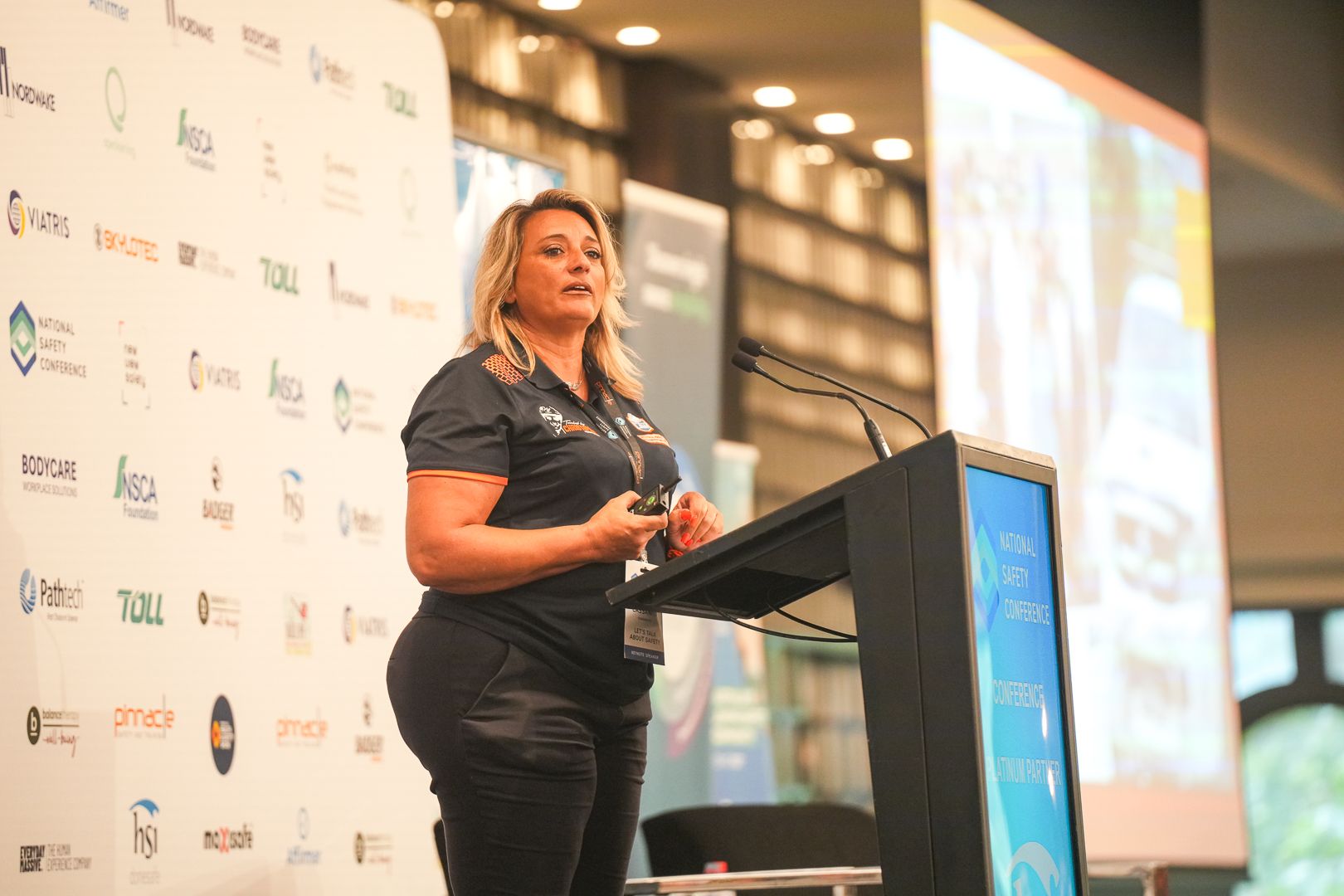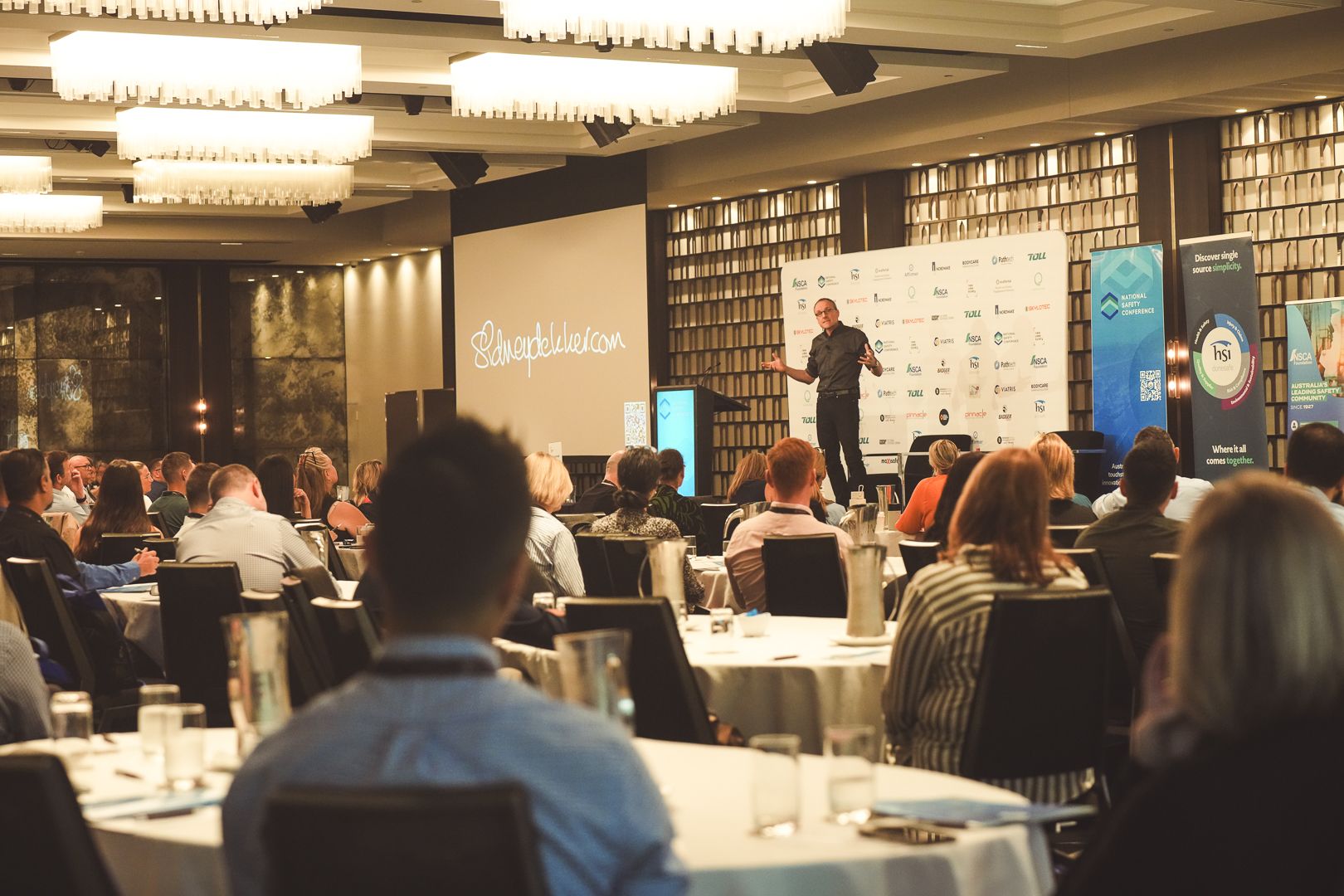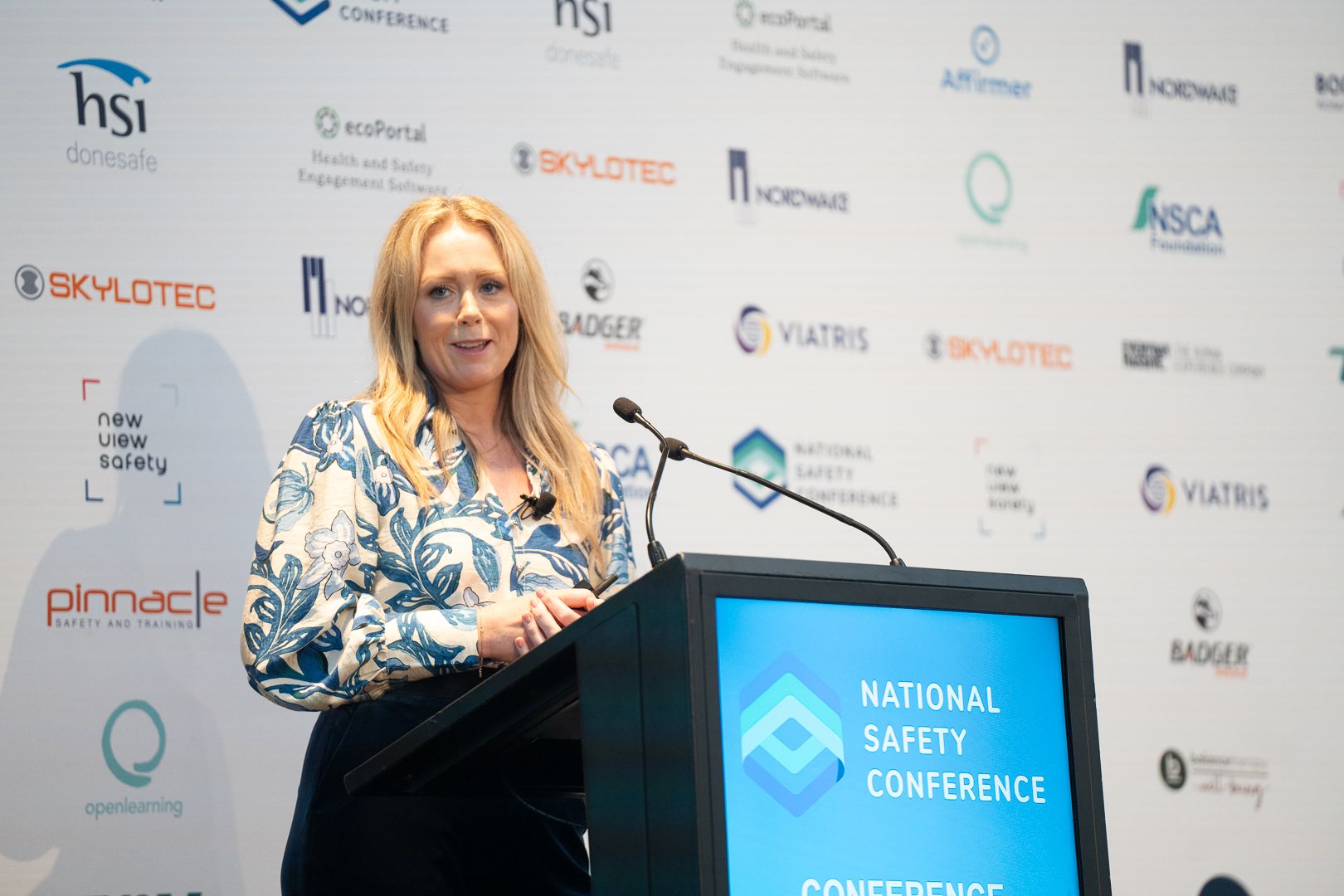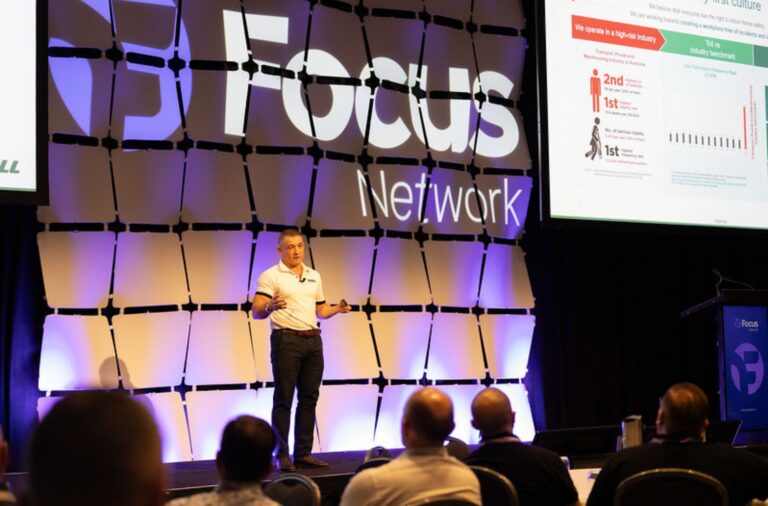
The Reality of What Tragedy Looks Like
“This is the reality of what tragedy looks like. I will never sugarcoat it.”
When Patrizia Cassaniti stood on stage at the NSCA National Safety Conference, the energy in the room shifted. Her message didn’t come from a textbook or a compliance manual—it came from lived experience, one no parent should have to endure.
In 2019, her son Christopher—just 18 years old—was tragically killed on a Sydney construction site. The incident was preventable. The oversights were known. And yet, like so many stories in this industry, the risk wasn’t taken seriously until it was too late.
“It’s just a job. It’s not worth a life.”
It’s a sentiment that’s been said before. But when Patrizia said it, it didn’t feel like a quote—it felt like a reckoning. In that moment, safety wasn’t a protocol. It was a promise. One we make every day when we step onto a site, manage a team, or design a system. Her story asks us: are we keeping it?
Turning Tragedy Into Learning
At the heart of Patrizia’s advocacy is a choice: to share her son’s story, in detail, so others can avoid repeating it. The centerpiece of her recent presentations is a stark animated reenactment of the day Christopher died.
The video doesn’t dramatize. It documents. The warnings that were dismissed. The scaffold that was overloaded. The ties that weren’t secured. The pressure to “just get it done.” All seemingly small decisions—until they added up to something irreversible.
“If I can deal with it, everyone else can—because that is how we learn from mistakes.”
It’s not a passive film. It’s a conversation starter. A tool for sparking reflection and accountability. And perhaps most importantly—it makes it personal.
Why Personal Matters More Than Policy
“We don’t need more paperwork. We need more awareness. We need to make safety personal.”
There’s no shortage of regulation in health and safety. But what’s often missing is connection. That gut-level understanding that the choices we make affect real people. Not statistics. Not ‘resources.’ But sons, daughters, co-workers, friends.
Patrizia’s work cuts through that abstraction. Her talks and workshops aren’t just technical—they’re transformational. She invites people to stop seeing safety as a checklist, and start seeing it as a value system.
Because in the moment when someone chooses to take a shortcut, stay silent, or turn a blind eye, rules won’t change their mind. But empathy might.
“I aim to burn it into people’s minds.”
Her reenactment isn’t meant to shock for the sake of it. It’s designed to stay with you. To play back in your mind the next time you see a risk go unspoken. Because if it lingers long enough, it might be the reason someone decides to speak up.
“I aim to burn it into people’s minds. I want them to see their families as the reason to work safe. Every single day.”
Patrizia isn’t trying to fix safety culture at scale. She’s trying to reach one person at a time. That’s the power of her message: it doesn’t need a movement to matter. It just needs a moment. One worker who chooses to question a rushed job. One supervisor who stops to listen. One team who collectively decides not to cut the corner.
“The co-workers are the forgotten ones.”
“Since Christopher’s passing, 76 workers in Australia have gone to work and never come home.”
The number is sobering. But it’s only part of the story. As Patrizia reminded the room, the trauma of workplace fatalities doesn’t stop with the person who dies. It ripples out—to co-workers who were there, to friends who watched it unfold, to site managers who carry the guilt.
“The co-workers are the forgotten ones. They live with the trauma. They saw it. They carry it.”
And for organisations, the financial and operational impact of a fatality is enormous. But Patrizia’s question flips the logic:
“The cost of getting safety wrong is far greater than the cost of getting it right.”
Not just financially. Emotionally. Culturally. Reputationally. How many companies say, “We can’t afford this,” when investing in safety, without realising what the true cost will be if they don’t?
Changing Minds, Not Just Policies
“My mission is to impact the individual—to help workers realize they have the right to speak up, the responsibility to look out for each other, and the power to go home safe.”
Patrizia is WHS-trained. She contributes to policy development. She helped build the SafeWork NSW app. But when she speaks, her language doesn’t sound like legislation. It sounds like purpose.
Her focus is simple: shift one mindset at a time. Because when safety becomes personal, it becomes real. When workers stop to think about their kids, their partner, their parents—that’s when safety stops being theoretical.
“I cannot bring Christopher back. But if I can shift mindsets and prevent another family going through this, then I’m doing my job as a mum.”
“Bring the reality into your workplace now—so it never becomes your story.”
As she wrapped her talk, Patrizia made a direct ask. Not for donations. Not for applause. But for action.
It was a quiet close. But the impact was loud. Because Patrizia’s work doesn’t end when the conference does. It lives in the conversations that happen after. The decisions made in quiet moments. The changes that happen without ceremony.
“We all need to go to work—but we all deserve to go home. Don’t wait for tragedy to show you what unsafe looks like. Bring the reality into your workplace now—so it never becomes your story.”
About Patrizia
Patrizia Cassaniti, Founder of the Touched by Christopher Foundation and Let’s Talk about Safety has been on a mission to make worker safety accountable and bring in a law that will ensure employers are ensuring the safety of their workers and have the ability to speak up with confidence, without being victimized.
Share:



